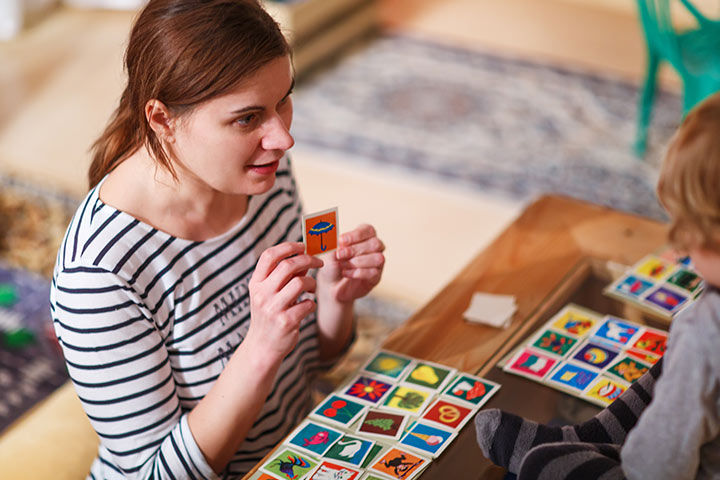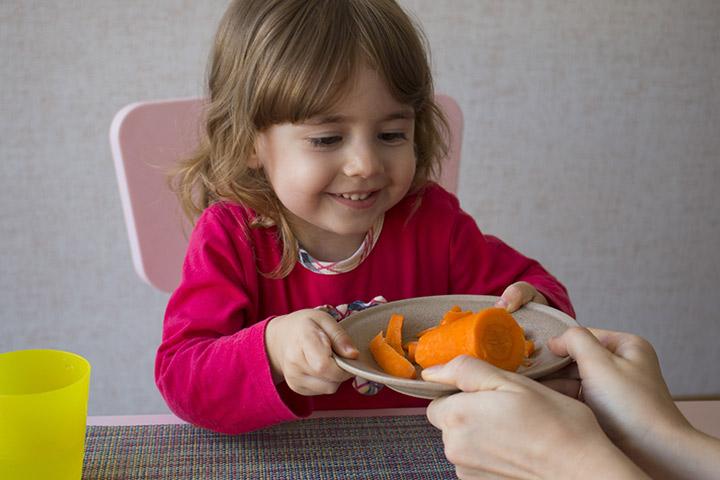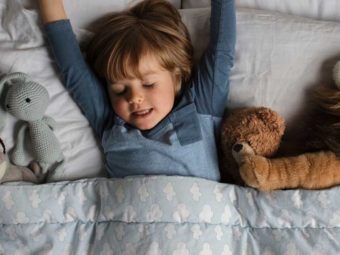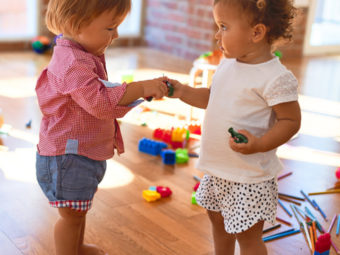
Image: Shutterstock
No! I’m not going to give you an ‘expert’ advice, 10 successful habits of successful people, or 10 magical foods that’ll help your child!! I’m just going to be realistic and share with you my experience as a mom. Because, in my opinion, each child is different and only a mom can understand her child better. Just one reminder though – like all good things, this one too takes some time to show results and requires careful observation by the mother. Here’s what I did to help my son.
Make Eye Contact…Before you start on memory games, ensure that your child makes eye contact with you. I found that my son had a very little attention span as he was easily distracted by toys and noises, even a flying bug! So, I taught myself first how to get his attention. I played ‘peek-a-boo’ games, wore beauty face packs in front of him (no, he didn’t get scared), and even brushed my nose affectionately on his (he loved doing it) to help him make eye-contact! Yes, the hard work did pay!
The Memory Games…I made my own set of memory games. Once my son had established his favorite set of toys, I used them for a ‘blink-and-you-miss’ game. I’d lay them out in front of him, lightly close his eyes with one hand while hiding one toy away with the other hand. Then I’d open his eyes and ask him which one is missing! I’d do something similar by hiding different toys in my hands and asking him to guess which of the toys was in which hand.
Use Food As A Learning Device…Very often finger foods like carrot and apple slices are introduced to one-year-old babies to help them get used to textures and tastes. I had even used beetroot and carrot slices for my son to chew on for his teething pain. I used this simple device to help him learn about colors and tastes. In my opinion, babies and little toddlers are great at remembering the taste of the foods which is why they often spit something out if they don’t like it. No matter how many times you reintroduce the food, they’ll remember the bad taste and reject it!
Watch Your Behavior…By the time my son was ready for preschool, he had developed the ability to observe and retain people’s behaviors in his mind. Something he’d later imitate. Once he had attempted to gobble laddoos at one go just like an animation character he had randomly watched on TV. Such actions can be harmful to kids even if it comes from harmless sources. Therefore, it’s very important that we display good behavior in front of them. Not only that but also look into what kind of content your kid watches.
Use Your Language Skills…I used to call my son a parrot because he would easily pick a word from my conversation and, at times, also remember the context it was used in. We have many words in English as well as vernacular languages where one word can have different meanings. I would teach my son such words and explain the different contexts where they can be used. However, you can try this by the time your child is 4 years or older.
Let Them Be…Your child doesn’t need to get everything right from the very first attempt. Allow your child to make mistakes. Making mistakes will help your child learn better because, like everything else, children retain the memory of their mistakes and corrections too.
不分离…It is common for toddlers and young children to feel bullied, especially when they attend a playschool. But, don’t isolate your child just to help him/her feel safe. Staying with a bunch of kids will help your child remember things that he/she will learn in a group. Even after 2 years of attending his playschool, my son remembered the group activity of finger painting he had done with his play buddies.
Like I said earlier, each child is different and so is their capacity to learn and remember. If you too wish to improve your child’s memory, you can try these simple tips. The key here is to carefully observe your child’s behavior and interests and tweak these tips to suit your child’s needs.
















